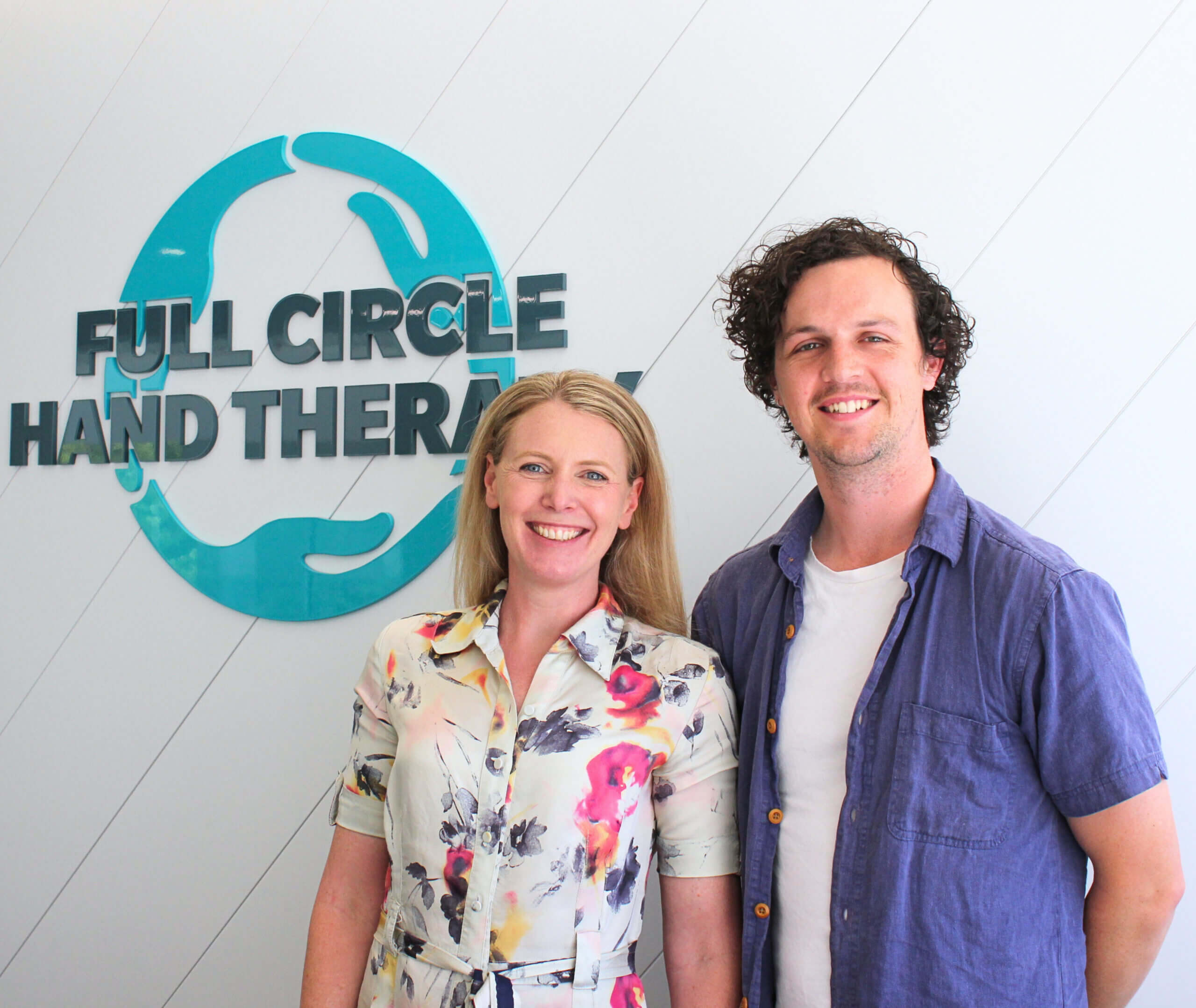Frequently Asked Questions
At Glenelg Orthopaedics, we prioritize a collaborative approach to patient care, recognizing the significance of involving patients, their families, and social support networks in the management process. We actively encourage patients to bring individuals they trust to their consultations, fostering an inclusive and supportive environment. Providing comprehensive information ensures informed consent, a crucial element that contributes to effective symptom management and facilitates a smoother recovery post-intervention. Here are some frequently asked questions we often address:
General Questions
Can I undergo minimally invasive shoulder surgery for rotator cuff tears?
Yes. Dr Nimon has extensive experience in arthroscopic or minimally invasive rotator cuff repairs, biceps surgery, stabilisations and acromio-clavicular excision. All the above can be undertaken through minimally invasive ports and avoid damaging the deltroid muscle with larger incisions.
What are the common causes of shoulder pain and when should I consider surgery?
Common causes of pain include:-
- Sub-acromial impingement and bursitis
- Rotator Cuff tears
- Biceps or labral tears
- arthritis of the shoulder (gleno-humeral joint) or acromio-clavicular joint (AC joint)
- Frozen Shoulder
- Referred pain from the neck
Dr Nimon is always available for advice, but in most circumstances initial treatment should include physiotherapy, and your GP may wish to try a steroid injection. When these measures fail to help, surgery is a good option. In new rotator cuff tears ( particularly after trauma) surgery may be indicated earlier, but Dr Nimon can always advise you about timing.
What are the different types of shoulder surgeries available for treating instability issues?
There are numerous surgical options for unstable shoulders. Generally these can be divided into those that repair damage to normal structures (anatomical repairs) or procedures that stabilise the shoulder by other means, the most common type of non-antomical repair is the latarjet procedure, where a piece of bone is added to the front of the shoulder socket. More information can be found here.
What are the success rates of reverse shoulder replacement surgery in Australia?
Reverse total shoulder replacements have been commonly used for over 20 years now, although because of the design, many surgeons were “slow adopters”, waiting to see the results before recommending thenm to patients. The rsults have been remarkeable and have transformed many peoples lives. Like all joint replacements ( Hips, Knees and shoulders), there are risks, and one of those is the risk of longterm loosening, requiring a revision procedure, however this risk seems lowere than expected and approaches the figures of those of knee replacements ( not quite as good as yet). All surgeons are invited to enter their procedures in the national joint replacement registry, and Dr Nimon actively participates in this.
How can I manage post-surgery pain and discomfort after a shoulder operation?
Pain after shgoulder surgery can be intense, and difficult to control. All of Dr. Nimon’s patients are offered a Interscalene block” to control symptoms of pain initially, but this can result in the sensatin of a numb arm. Most patients find thgis useful. On discharge home, you wil be prescribed analgesia and there are other measures which you can follow to reduce the symptoms, and these are well laid out in the following blog post.
What is WALENT surgery for the hand and wrist and does Dr Nimon perform this?
WALENT surgery stands for wide awake, local anaestheitic procedures with no tourniquet. YES Dr Nimon has been undertaking this for over 20 years in the form of carpal tunnel and trigger finger releases. It has the advantage of being safe, as well as cheaper for the self funded patient. 90% of carpal tunnel procedures are performed this way by Dr Nimon, but he also offers aprocedure under sedation for those patients who do not wish to be awake.
Does Dr Gavin Nimon perform knee surgery?
Yes, Dr Nimon does perform arthroscopies and total knee replacements. Having completed training in Australia, he did work for 1 year at the Princess Margaret Rose Orthopaedic Hospital in Edinburgh where he primarily undertook lower limb joint replacements. Whilst he subspecialises in upper limb surgery, he still performs knee surgery employing upper limb soft tissue techniques in the lower limb, and focussing on soft tissue balance.
About Our Services

Full Circle Hand Therapy operate out of Glenelg Orthopaedic’s premises. This is a dedicated hand therapy team run by Charlotte Nash, who is joined by Tom Bower who together provide hand therapy services. This provides a holistic approach to the treatment of hand conditions.

